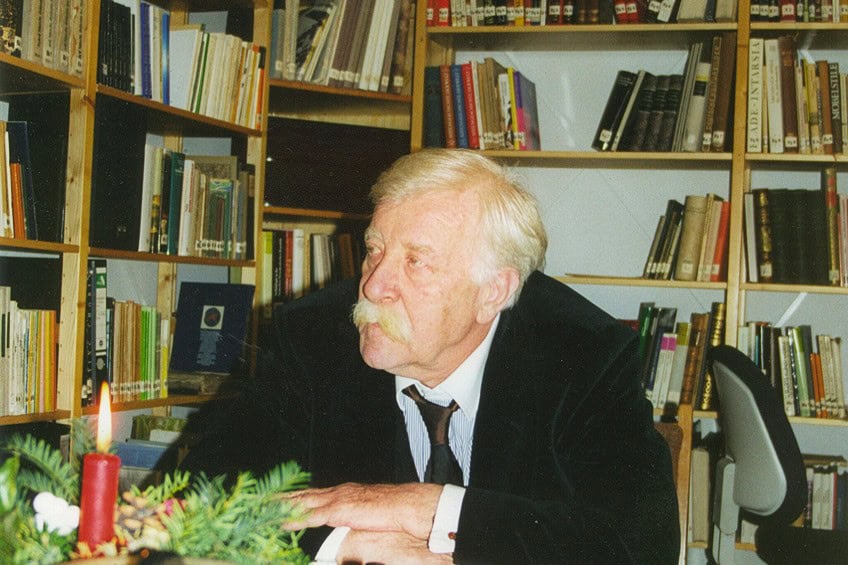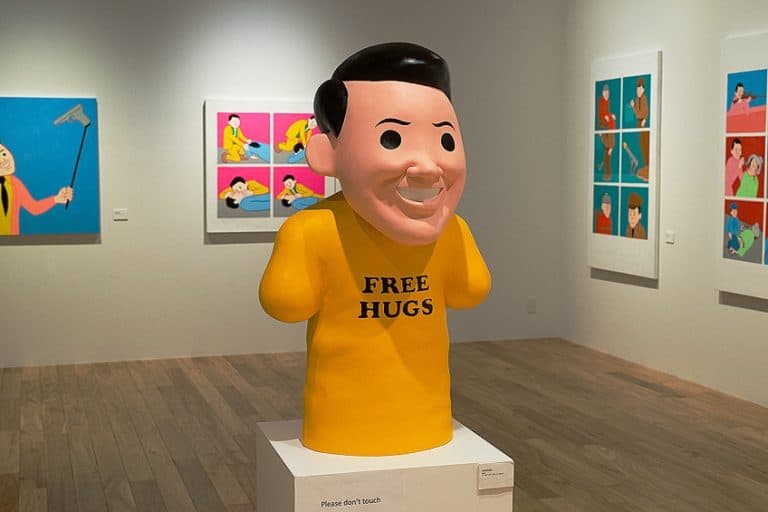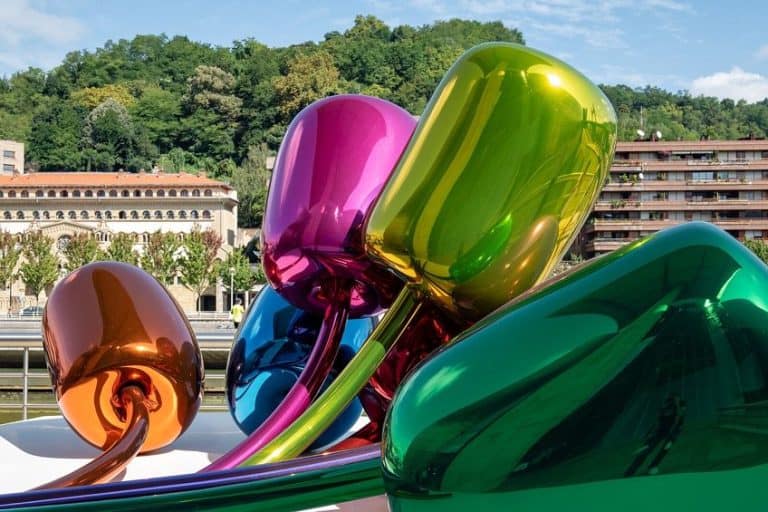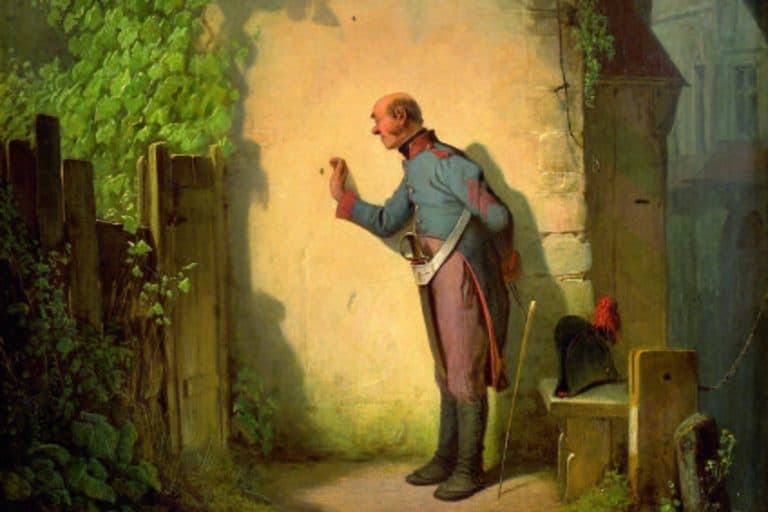Paul Wunderlich – Master of Surrealist Art and Modern Lithographs
Paul Wunderlich was a German painter, sculptor, and graphic artist renowned for his surreal and often erotic imagery. His work is characterized by a fusion of classical and contemporary elements, frequently featuring mythological and fantastical themes rendered in a meticulous, almost hyper-realistic style. Wunderlich’s art gained prominence in the post-World War II era, where he became a leading figure in the European avant-garde, known for pushing the boundaries of traditional art forms. His distinctive approach to the human figure and his exploration of dreamlike, otherworldly scenes have cemented his place as a significant and influential artist in 20th-century art history.
Key Takeaways
- Paul Wunderlich was a German painter, sculptor, and graphic artist renowned for his surrealist and erotic works.
- His career was marked by significant achievements and recognition, with a lasting impact on the art world.
- Wunderlich’s unique style and innovative approach continue to inspire and engage art enthusiasts globally.
Early Life and Education
| Birth | March 10, 1927 |
|---|---|
| Death | June 6, 2010 |
| Place of Birth | Eberswalde, Germany |
| Genre of Work | Painting, sculpture, and graphic art |
Paul Wunderlich, a prominent German painter, sculptor, and graphic artist, left an indelible mark on the world of art with his surrealistic and erotic creations. Born in Eberswalde in 1927, he developed a unique style that blends mythological themes with contemporary surrealism.
As a leading figure in the Magic Realist movement, Wunderlich’s works challenge conventional notions of reality and invite viewers into a realm of dreamlike imagination.
Wunderlich’s early life was marked by a fervent passion for art, which led him to take graphic art classes in Hamburg, eventually earning a teaching position at his alma mater. His talent and innovative approach soon garnered international recognition, earning him prestigious awards and widespread exhibition opportunities. His works are celebrated for their intricate details and evocative imagery, which often reflect his deep fascination with mythology and eroticism.

Beyond his technical prowess, Paul Wunderlich’s influence extends into the broader art community, inspiring countless artists and collectors alike. His contributions to Surrealism and Magic Realism have cemented his legacy as a trailblazer who continues to captivate audiences with his visually striking and thought-provoking pieces.
Formative Years in Eberswalde and Hamburg
Paul Wunderlich was born on March 10, 1927, in Eberswalde, Germany. Growing up in this town, he was exposed to early art influences that would later shape his career. His early environment fostered a curiosity in visual arts, although there are few specifics about his childhood experiences. After World War II, Wunderlich moved to Hamburg. It was here that his aptitude for art began to flourish.
Hamburg, a city known for its rich cultural scene, provided him with opportunities to explore his artistic inclinations further. The city’s post-war art community played a significant role in his early development.
Influences and Academic Pursuits at the University of Fine Arts
Wunderlich enrolled at the University of Fine Arts in Hamburg in 1947, where he studied Free Graphics under the guidance of seasoned artists. This period was crucial for his technical proficiency and creative vision. He graduated in 1951, and soon after, he was offered a teaching position at the very institution where he had studied.

The curriculum and faculty at the University included influences from notable artists such as Oskar Kokoschka and Emil Nolde. These interactions and observations profoundly impacted his style, steering him towards Surrealism and Magic Realism. Moreover, teaching lithography and etching allowed him to refine his techniques and innovate within his discipline.
Artistic Career and Major Works
Paul Wunderlich, a German artist renowned for his Surrealist paintings and erotic sculptures, significantly impacted the art world. His career spanned various mediums, including graphic art and lithography, with notable exhibitions across Europe and the United States.
Evolution from Expressionist Style to Surrealism
Paul Wunderlich began his artistic career in Germany with an initial focus on Expressionist styles. His early works were heavily influenced by the socio-political climate. Transitioning to Surrealism, he started incorporating fantastical elements and mythological references. His paintings often featured dream-like sequences and floating forms.
His work became notable for its bold use of erotic and sexual imagery, positioning him within the Magic Realist circle of artists. This shift marked a significant period of artistic evolution, cementing his unique style.
Graphic Art and Lithography
Wunderlich’s contributions to graphic art and lithography are substantial. He studied at the Hamburg Academy of Fine Arts, where he later taught. His lithographs often featured intricate details and a surreal combination of the grotesque and beautiful.
He was adept at using lithography to explore complex themes and narratives. Wunderlich’s graphic works were not just limited to illustrations but extended into large-scale printmaking projects. These pieces solidified his reputation in the artistic community, showcasing his versatility and technical skill.
Significant Contributions to Sculpture
Beyond painting and lithography, Wunderlich’s sculptural works garnered considerable acclaim. His erotic sculptures, often crafted in bronze, were particularly notable. These sculptures combined Surrealist influences with a distinct erotic edge, featuring fluid, sinuous forms that challenged conventional aesthetics. Wunderlich’s ability to translate his graphic art’s emotion and surrealism into three-dimensional forms was remarkable.
His sculptures are celebrated for their innovative use of material and form, contributing significantly to 20th-century sculpture.
Notable Exhibitions and Retrospectives
Paul Wunderlich’s work has been featured in numerous exhibitions and retrospectives. His pieces have been displayed in prestigious institutions such as the Museum of Modern Art (MoMA) in New York and various galleries in Paris and Germany. His exhibitions often highlighted the breadth of his talent across different mediums, including paintings, lithographs, and sculptures.

Major retrospectives have been held to honor his artistic contributions, allowing audiences worldwide to appreciate his impact on modern art. These exhibitions solidified his legacy as a leading figure in Surrealist and Magic Realist art.
Influence and Legacy
Paul Wunderlich’s profound impact on the 20th-century art world is evidenced by his contributions to art education and his significant associations with various artists and institutions. His legacy lives on through his extensive teaching career and collaborations with renowned artists.
Contributions to Art Education
Paul Wunderlich had a substantial influence on art education, notably through his tenure at the University of Fine Arts in Hamburg. Starting as a student at the Landeskunstschule, he transitioned to a teaching position in 1951. Wunderlich spent over a decade shaping young artists’ careers.
His teachings emphasized surrealism and magical realism, helping to inspire a new generation of creative minds.
Many students of his went on to become successful artists themselves, perpetuating his techniques and artistic philosophy. His role as a professor was critical in embedding these styles firmly within the curriculum, producing influential artists who continued his legacy.
Associations and Collaborations
Wunderlich was closely associated with the Magic Realist Circle of Artists. His style, blending surrealism and eroticism, helped define this movement. His works often explored mythological themes and psychological depth, distinguishing him as a key figure in this artistic genre.
He collaborated extensively with his wife, Karin Székessy, a noted photographer, whose work complementarily intertwined with his own themes. Their joint exhibitions were well-received and reinforced the symbiotic nature of their artistic relationship. Wunderlich also had notable interactions with Horst Janssen, another prominent German artist. These relationships fostered a rich exchange of ideas and techniques, further cementing his influence in the art world.
Personal Life and Recognition
Paul Wunderlich’s life and accomplishments span across different regions and professional partnerships. His residence in Provence and collaboration with his wife were instrumental in his creative journey. Additionally, he received several prestigious awards recognizing his contributions to art.
Life in Provence and Partnerships
Paul Wunderlich spent significant periods of his life in Provence, France, where he found inspiration in the tranquil surroundings. He shared his home and studio with his wife, Karin Szekessy, a renowned photographer. Their partnership was both personal and professional, and they often collaborated on artistic projects.
Their joint exhibitions showcased a unique blend of Wunderlich’s surrealist sculptures and Szekessy’s evocative photographs.
This synergy not only enriched their personal lives but also expanded their creative horizons. The serene environment of Provence contributed greatly to Wunderlich’s artistic endeavors, providing a perfect backdrop for his imaginative creations.
Awards and Honors
Paul Wunderlich’s work was celebrated internationally, earning him various prestigious awards. He was honored with the Premio Marzotti in Italy, a recognition of his significant contributions to contemporary art. His surrealist paintings and sculptures also garnered attention in Asia, earning him the Japan Cultural Forum Award.

Additionally, his exhibitions in Bulgaria and Taiwan highlighted his global influence and the universal appeal of his art. These accolades reflect his standing as a leading figure in the Magic Realist movement, affirming his artistic legacy across diverse cultures and continents.
Paul Wunderlich’s legacy is marked by his ability to blend the surreal with the sensual, creating a body of work that continues to captivate and challenge viewers. His unique artistic voice, characterized by a blend of elegance, mystery, and meticulous detail, has left an indelible mark on the art world. As an artist who consistently pushed the boundaries of imagination, Wunderlich’s contributions remain a testament to the power of art to explore the depths of human experience and the complexities of the subconscious mind. His work endures as a source of inspiration, inviting new generations to engage with the surreal beauty and enigmatic allure that define his oeuvre.
Frequently Asked Questions
What Artistic Style Is Associated With Paul Wunderlich’s Work?
Paul Wunderlich is primarily associated with Surrealism. His artworks often incorporate dreamlike and fantastical elements. He is also noted for his contributions to Magic Realism, combining realistic depictions with imaginative scenes.
Which Notable Pieces of Art Was Paul Wunderlich Known for Creating?
Wunderlich’s distinctive works include a variety of Surrealist paintings and erotic sculptures. Specific notable pieces are not widely documented, but his mastery in lithography stands out as a hallmark of his career.
What Influence Did Surrealism Have on Paul Wunderlich’s Paintings?
Surrealism profoundly influenced Wunderlich’s paintings by encouraging the use of dream imagery and unconventional juxtapositions. This influence is evident in his integration of mythological legends and otherworldly scenes within his compositions, creating a harmonious blend of reality and fantasy.
What Are Some of the Major Themes Explored in Paul Wunderlich’s Artwork?
Major themes in Wunderlich’s artwork include mythology, eroticism, and the surreal. His pieces often explore human emotions and experiences through mythological narratives and fantastical elements, presenting them in a visually compelling and provocative manner.
Isabella studied at the University of Cape Town in South Africa and graduated with a Bachelor of Arts majoring in English Literature & Language and Psychology. Throughout her undergraduate years, she took Art History as an additional subject and absolutely loved it. Building on from her art history knowledge that began in high school, art has always been a particular area of fascination for her. From learning about artworks previously unknown to her, or sharpening her existing understanding of specific works, the ability to continue learning within this interesting sphere excites her greatly.
Her focal points of interest in art history encompass profiling specific artists and art movements, as it is these areas where she is able to really dig deep into the rich narrative of the art world. Additionally, she particularly enjoys exploring the different artistic styles of the 20th century, as well as the important impact that female artists have had on the development of art history.
Learn more about Isabella Meyer and the Art in Context Team.
Cite this Article
Isabella, Meyer, “Paul Wunderlich – Master of Surrealist Art and Modern Lithographs.” Art in Context. September 26, 2024. URL: https://artincontext.org/paul-wunderlich/
Meyer, I. (2024, 26 September). Paul Wunderlich – Master of Surrealist Art and Modern Lithographs. Art in Context. https://artincontext.org/paul-wunderlich/
Meyer, Isabella. “Paul Wunderlich – Master of Surrealist Art and Modern Lithographs.” Art in Context, September 26, 2024. https://artincontext.org/paul-wunderlich/.











